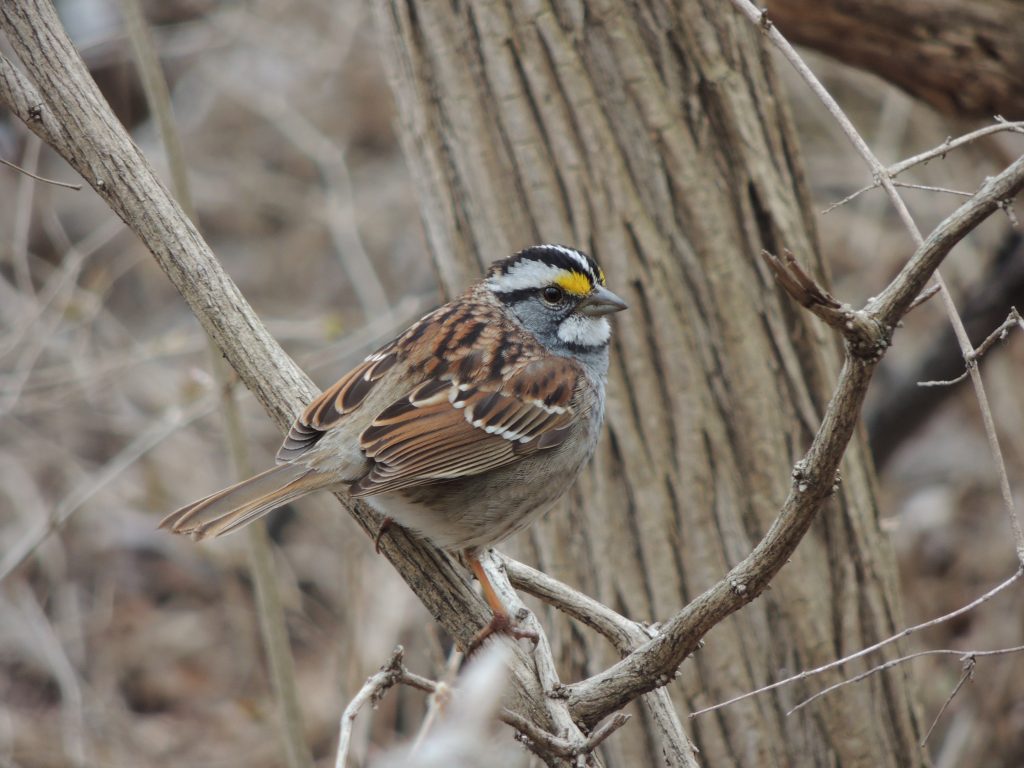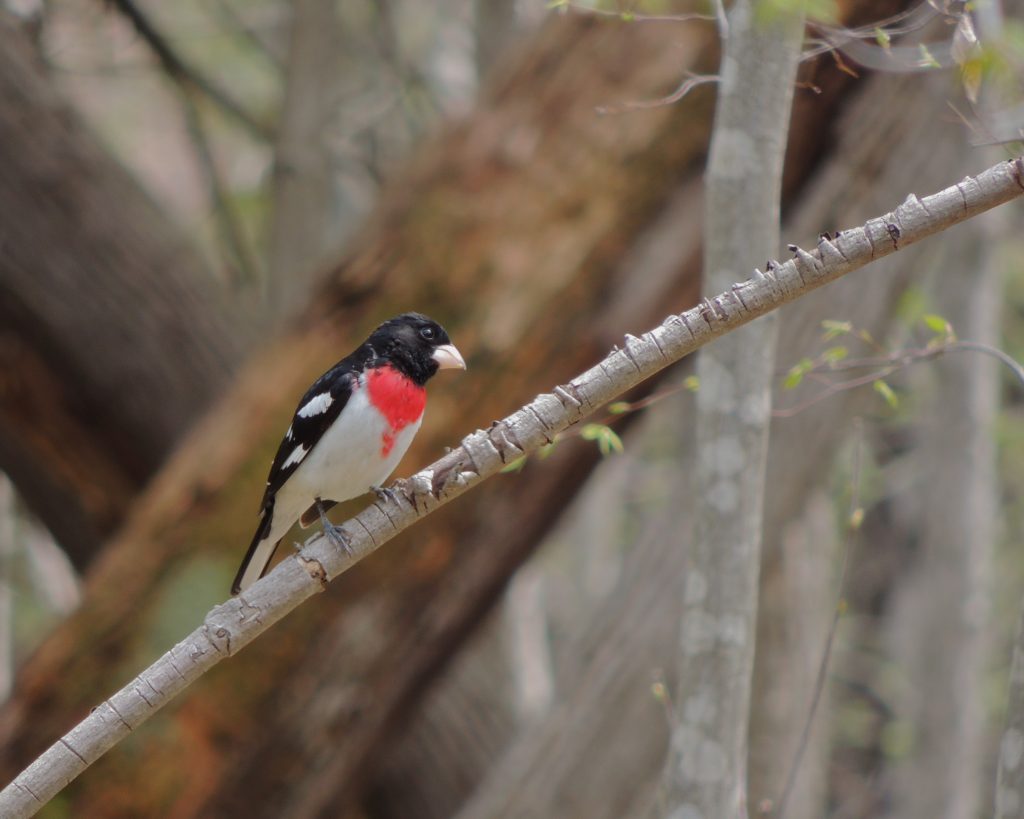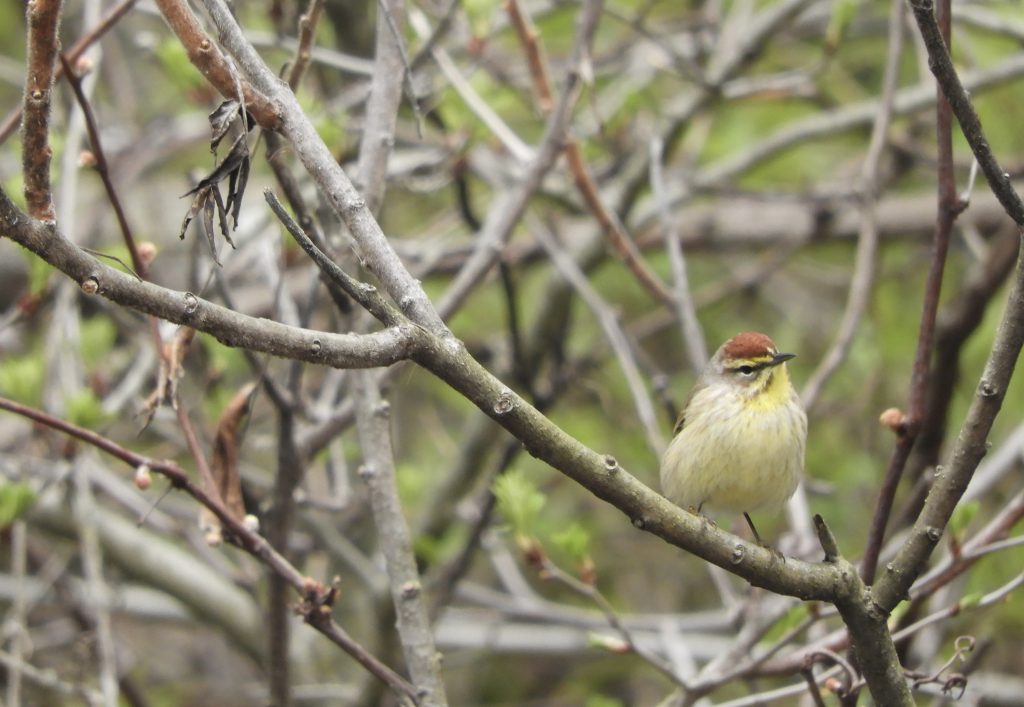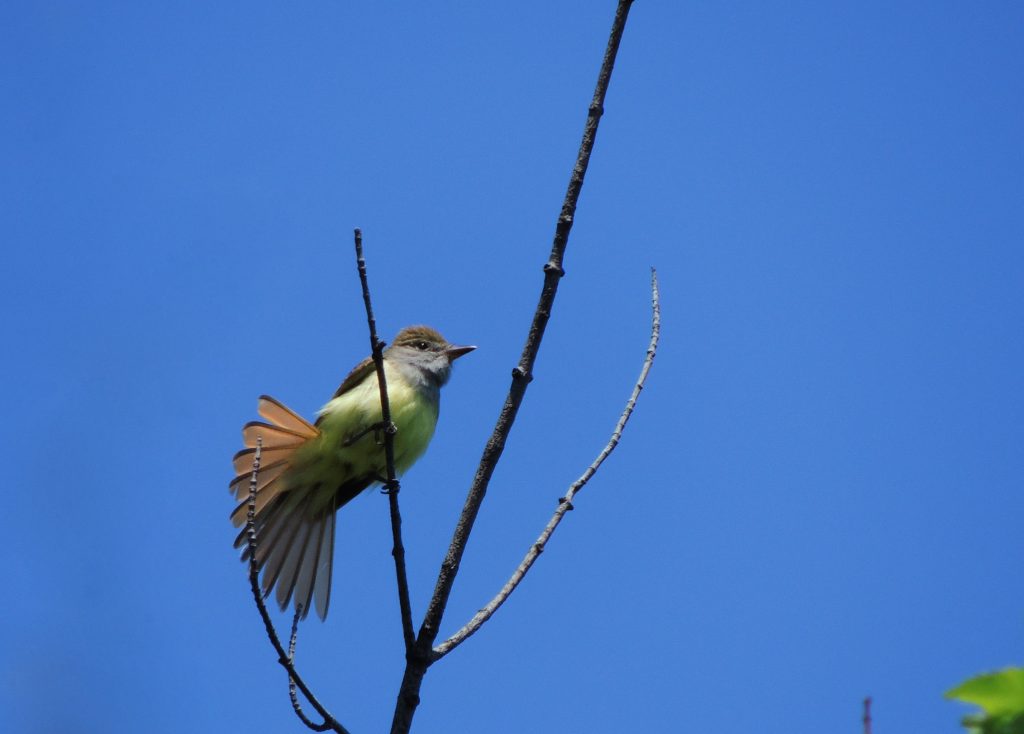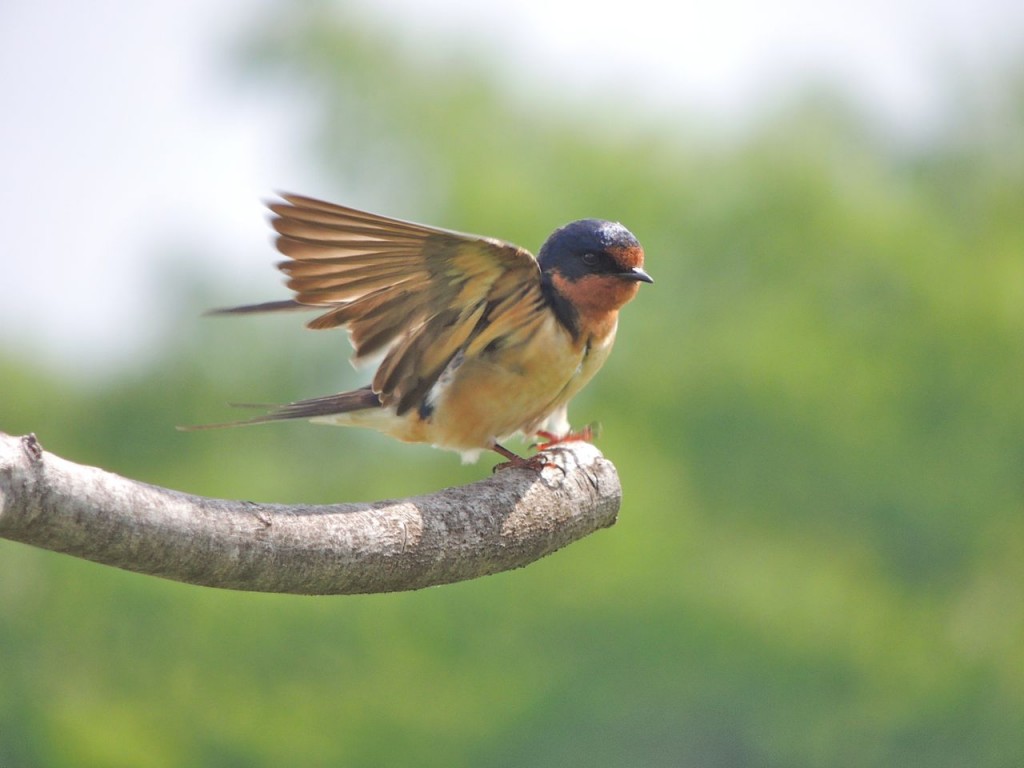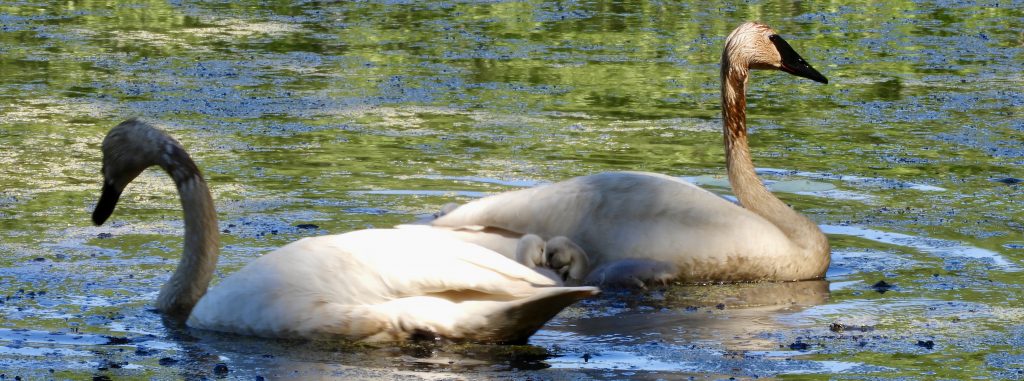 Hendrie Valley, Burlington. ON. June 14, 2024. June slips by and fine long days are easily filled. Sometimes too busy and time spent with birdlife has been scarce of late. I went to the valley this fine spring day with the simple goal of listening and watching for birds, it worked out well. With everything in full leaf listening usually reveals more birds than watching, the challenge is knowing just what it is that you hear.
Hendrie Valley, Burlington. ON. June 14, 2024. June slips by and fine long days are easily filled. Sometimes too busy and time spent with birdlife has been scarce of late. I went to the valley this fine spring day with the simple goal of listening and watching for birds, it worked out well. With everything in full leaf listening usually reveals more birds than watching, the challenge is knowing just what it is that you hear.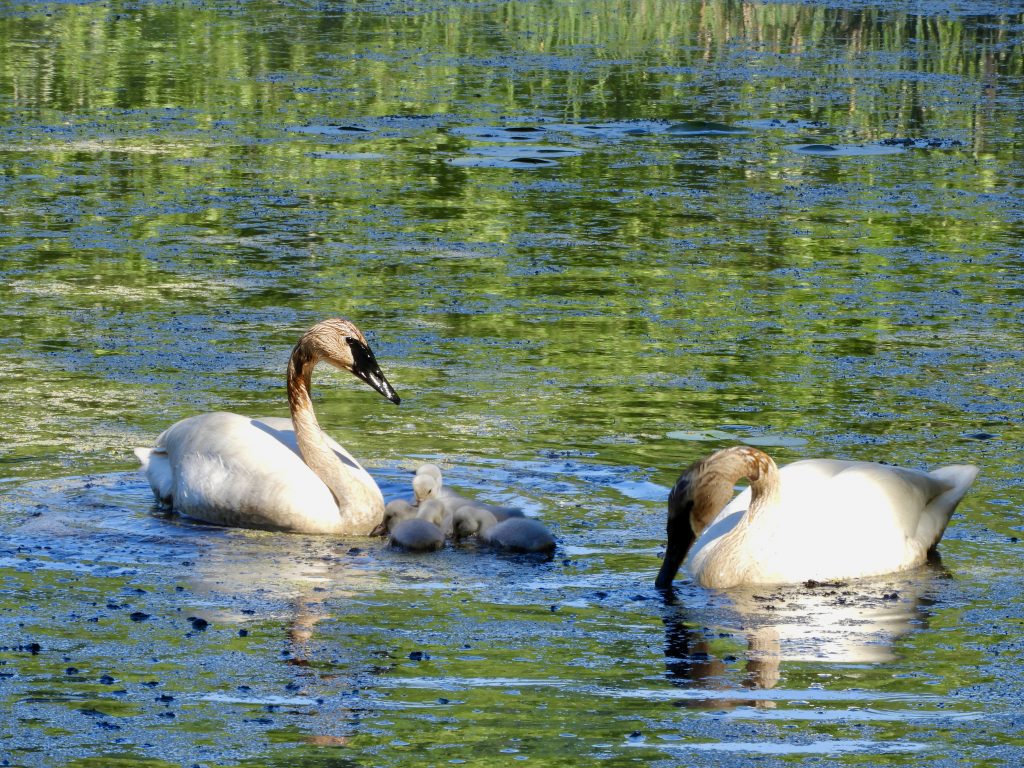
I went to the valley in anticipation of seeing this family of Trumpeter Swans, I half expected them to be the morning’s highlight. The adult pair has been in residence since early April and there was never any doubt they were there to breed. Their large pond-edge nest has been easy to monitor and just last week it seemed that hatching was imminent. Here’s the result, all five eggs hatched and all five cygnets look to be in top condition. Today the family fed together in a tight group, never more than a meter apart, the adults were using their feet to paddle the sediments and stir up food for the cygnets.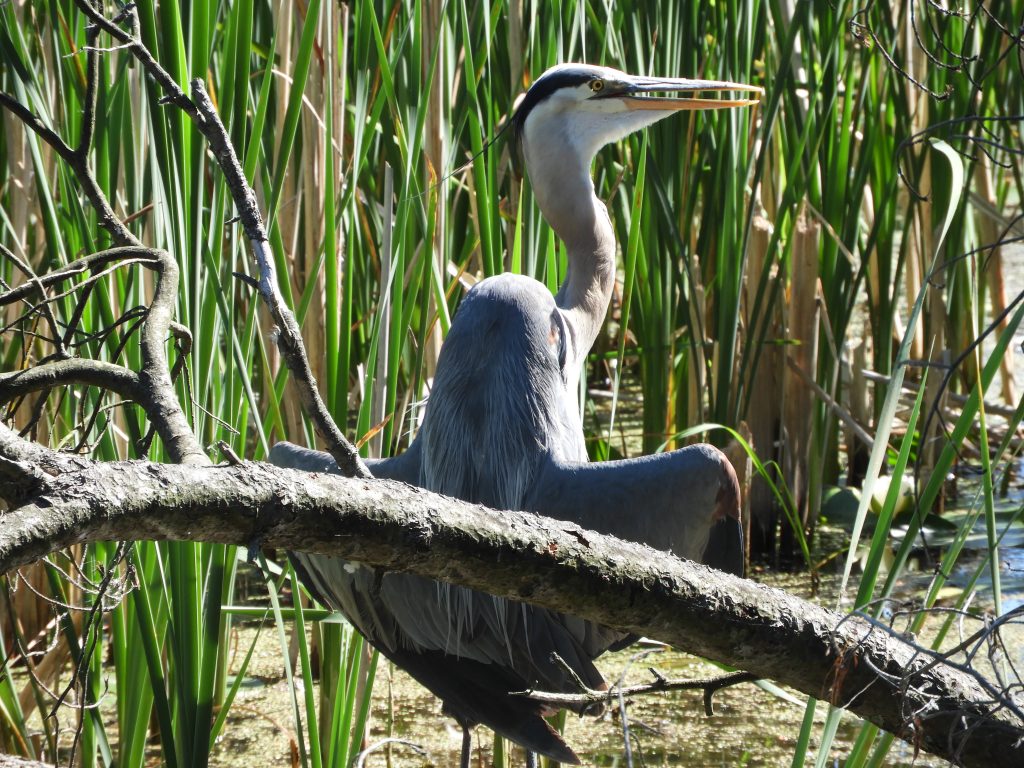
I watched a Great Blue Heron standing quietly in raincoat-flasher pose, a posture that is explained rather mundanely by contributors to Cornell Lab’s Birds of the World thus, “Droops and exposes the inside of its wings on sunny days, perhaps to radiate body heat on warm days and absorb solar radiation on cool days” In another moment of misunderstanding I wondered if it was injured: through binoculars a reddish patch rimmed in black on its shoulder looked like an wound but zooming in shows it to be a detail of plumage that I had never seen before. 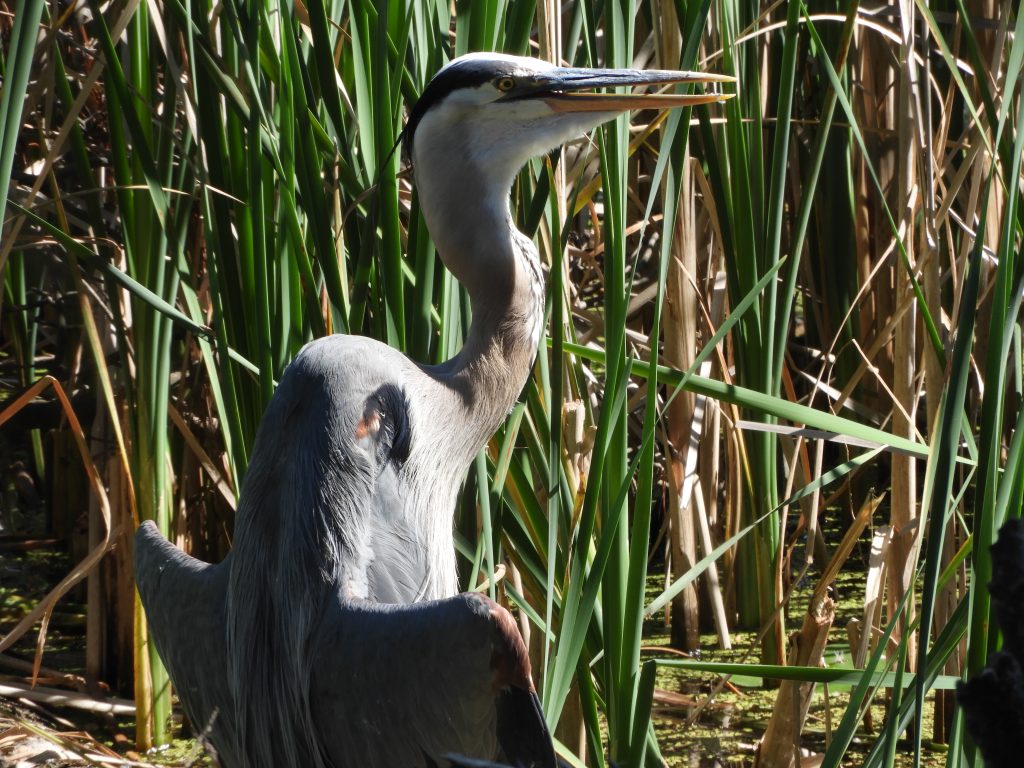
My wow moment came when I happened upon this Eastern Kingbird hawking for flying insects to feed its hungry brood nearby. There’s something quite perfect about the stance, and fierce attention of a kingbird poised to zip out for a capture on the fly. They can be an easy photographer’s target since they’ll often return to the same look-out spot, like this one. It was my Bird of the Day, I had to stay and watch.
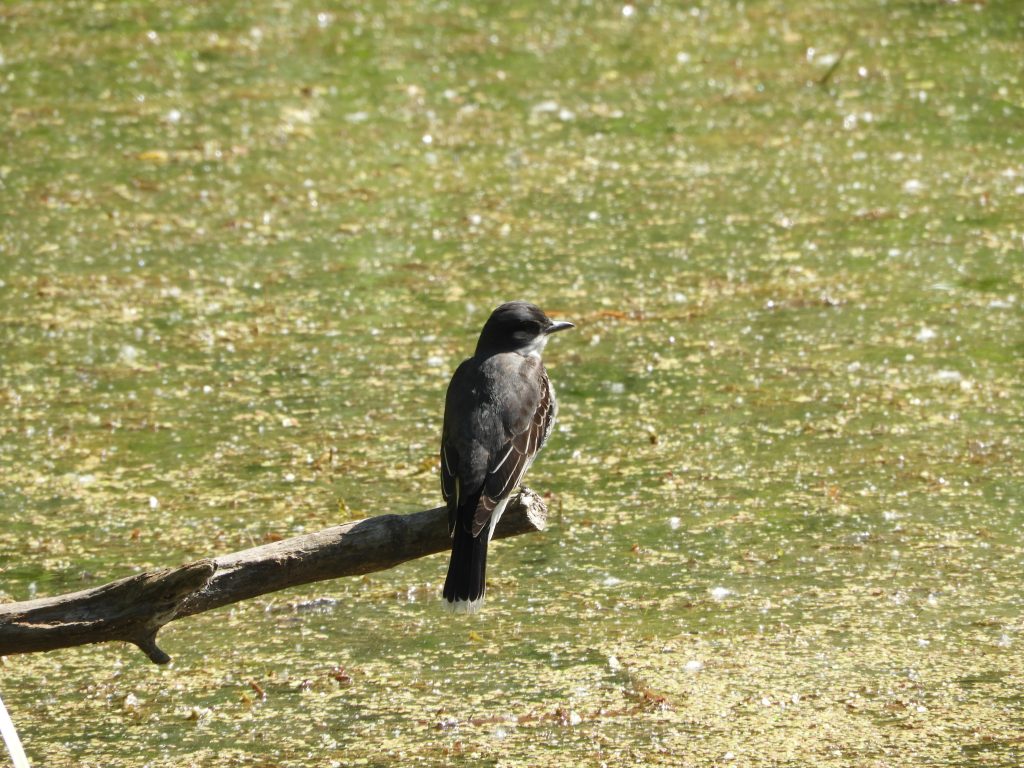
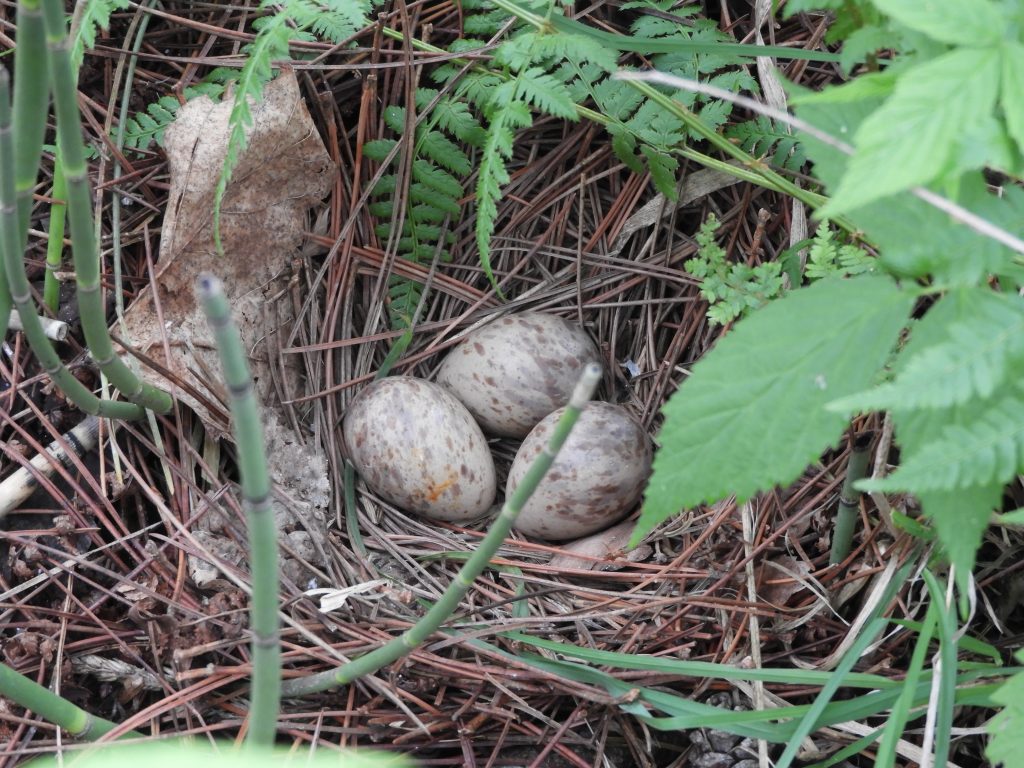
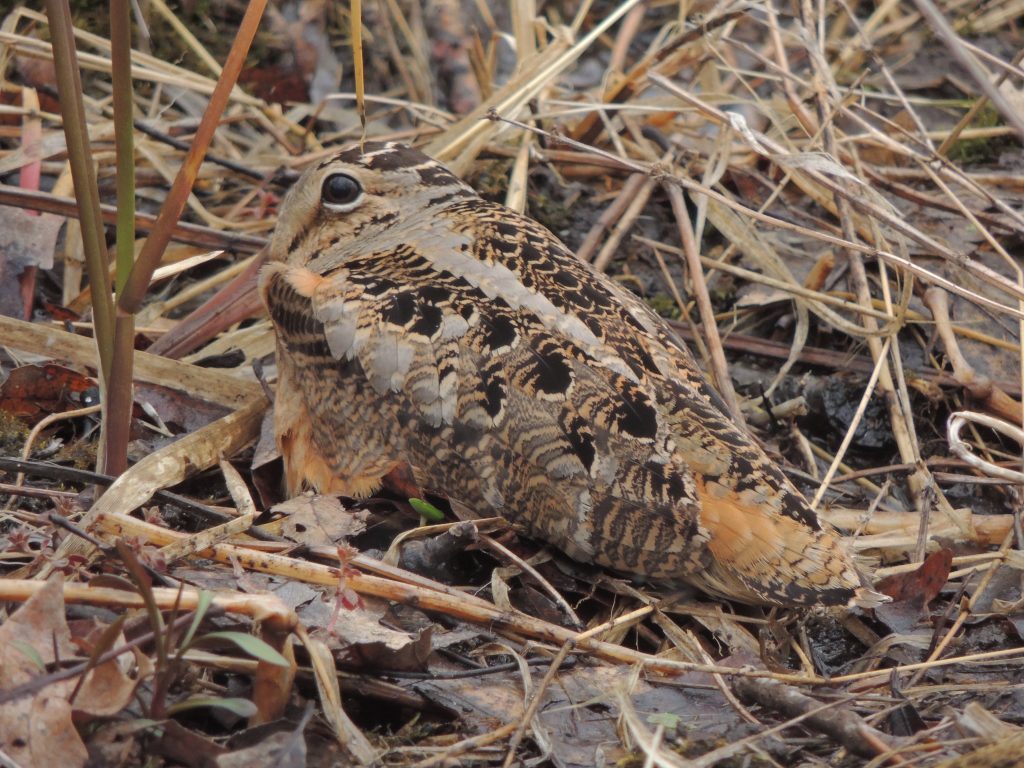
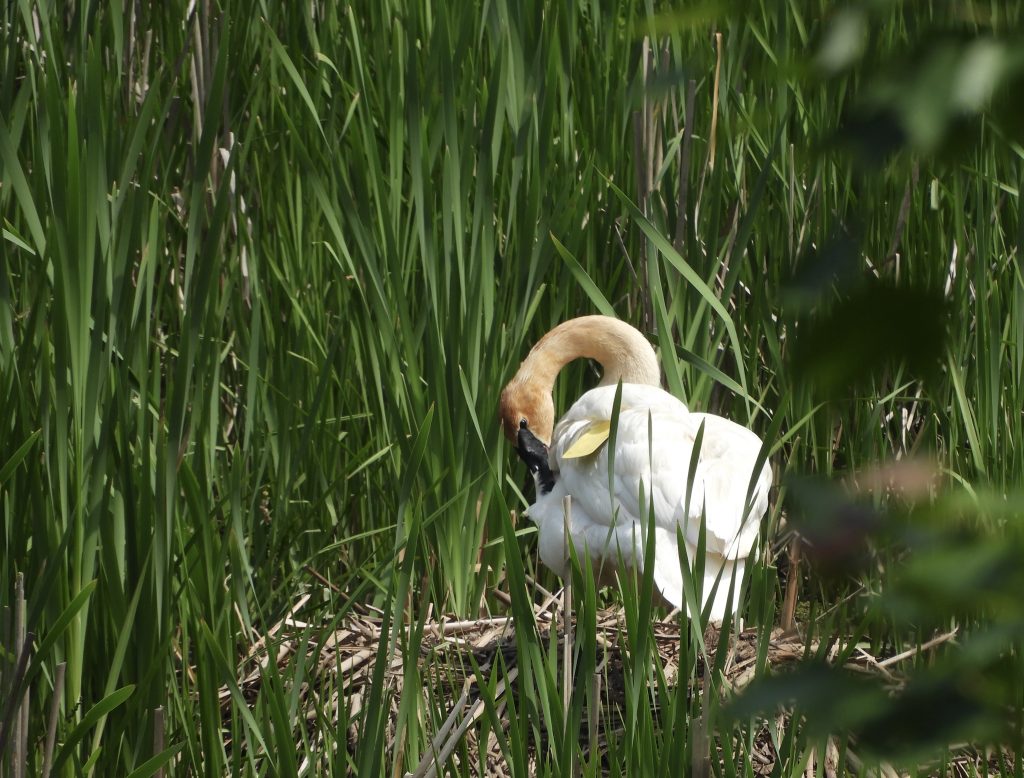

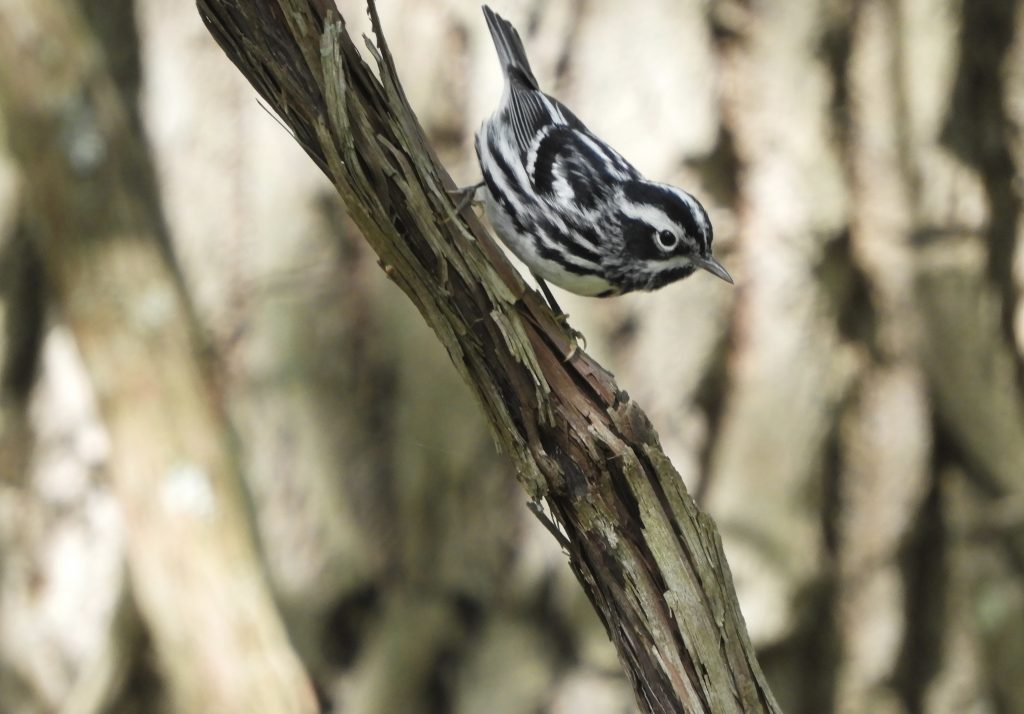
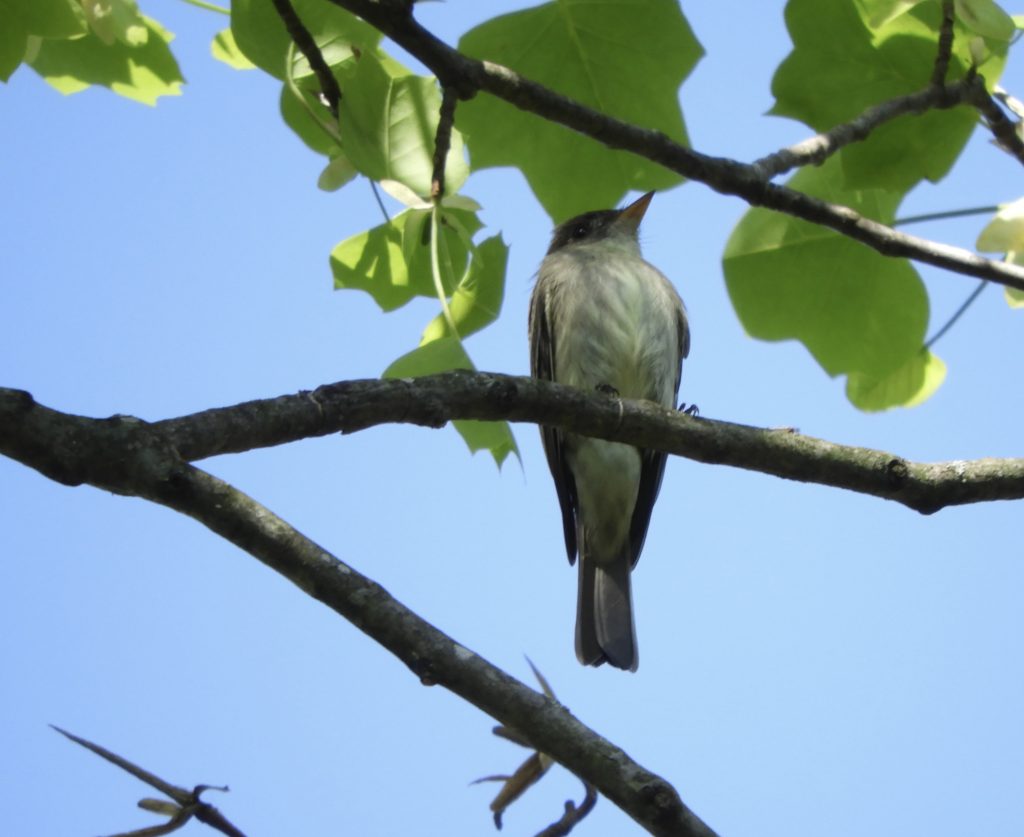
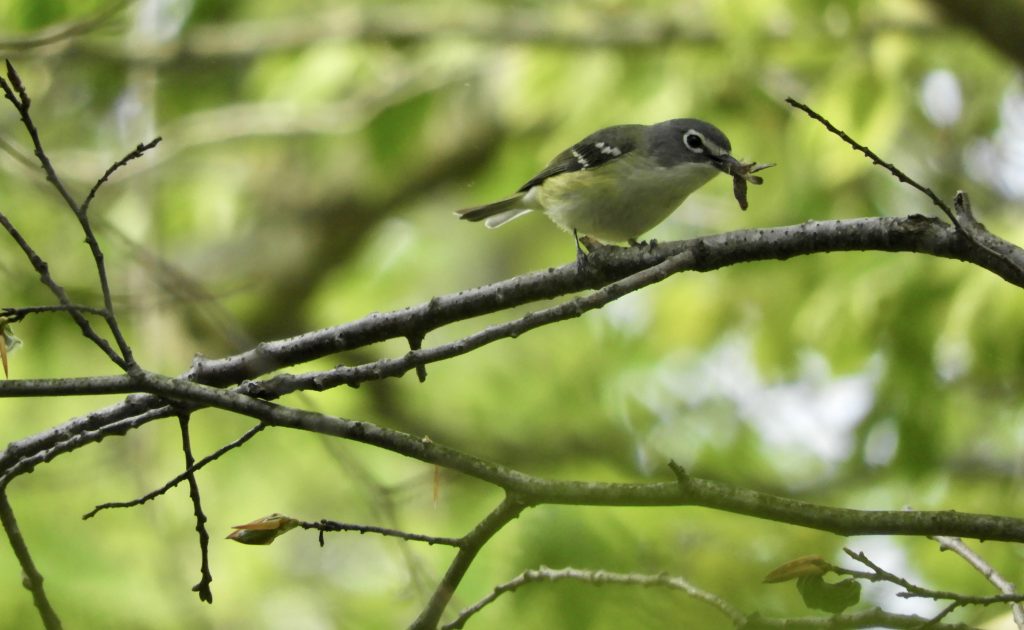
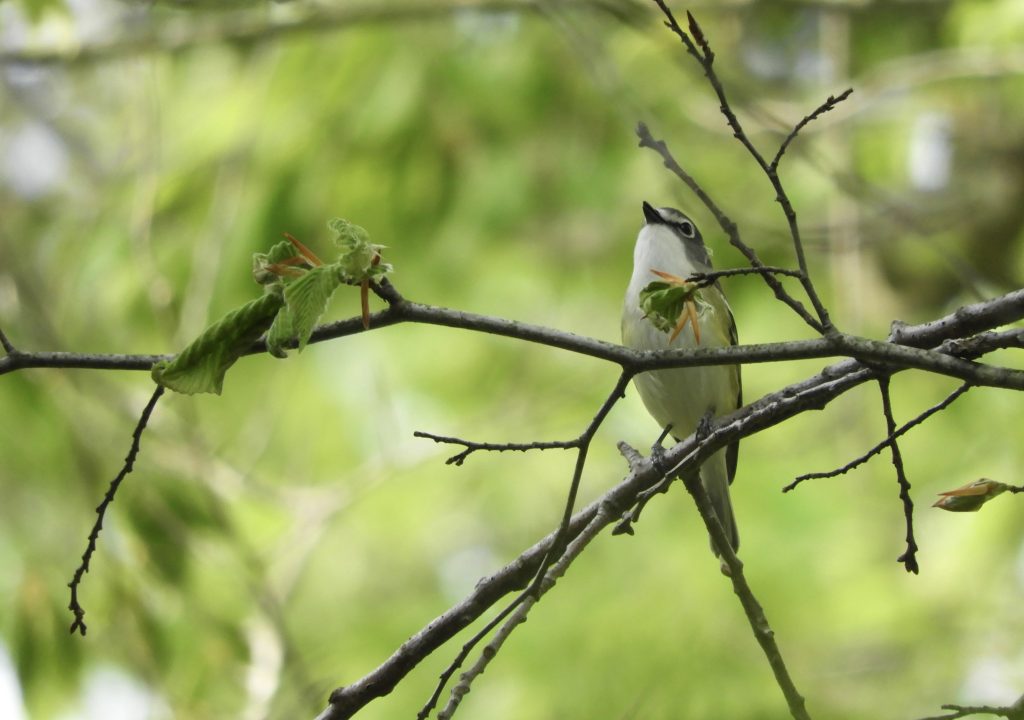
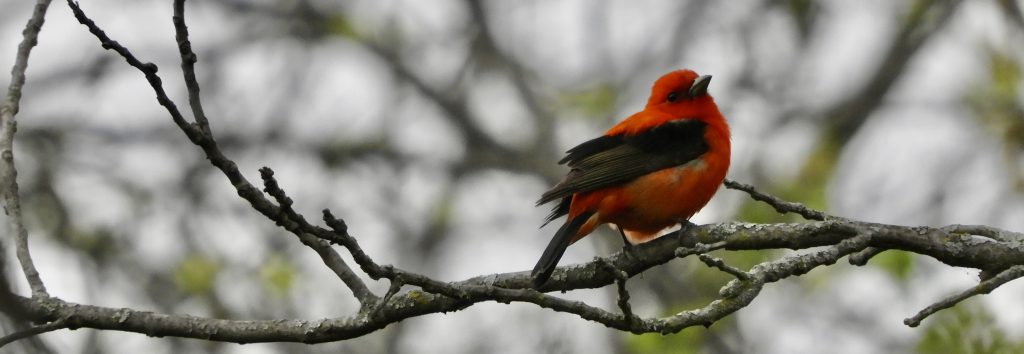 Princess Point, Hamilton. ON. May 12, 2024. I witnessed something altogether new to me today, bird behaviour I’d never seen before. I had just started a transect on a very busy and birdy May morning and was making my way along the woodland edge of a wide grassy park. I was struggling to sort out the almost overwhelming variety of bird song and sound when I caught sight of different movement. I’d read about it before so immediately knew I was seeing the courtship flight of a male Ruby-throated Hummingbird.
Princess Point, Hamilton. ON. May 12, 2024. I witnessed something altogether new to me today, bird behaviour I’d never seen before. I had just started a transect on a very busy and birdy May morning and was making my way along the woodland edge of a wide grassy park. I was struggling to sort out the almost overwhelming variety of bird song and sound when I caught sight of different movement. I’d read about it before so immediately knew I was seeing the courtship flight of a male Ruby-throated Hummingbird.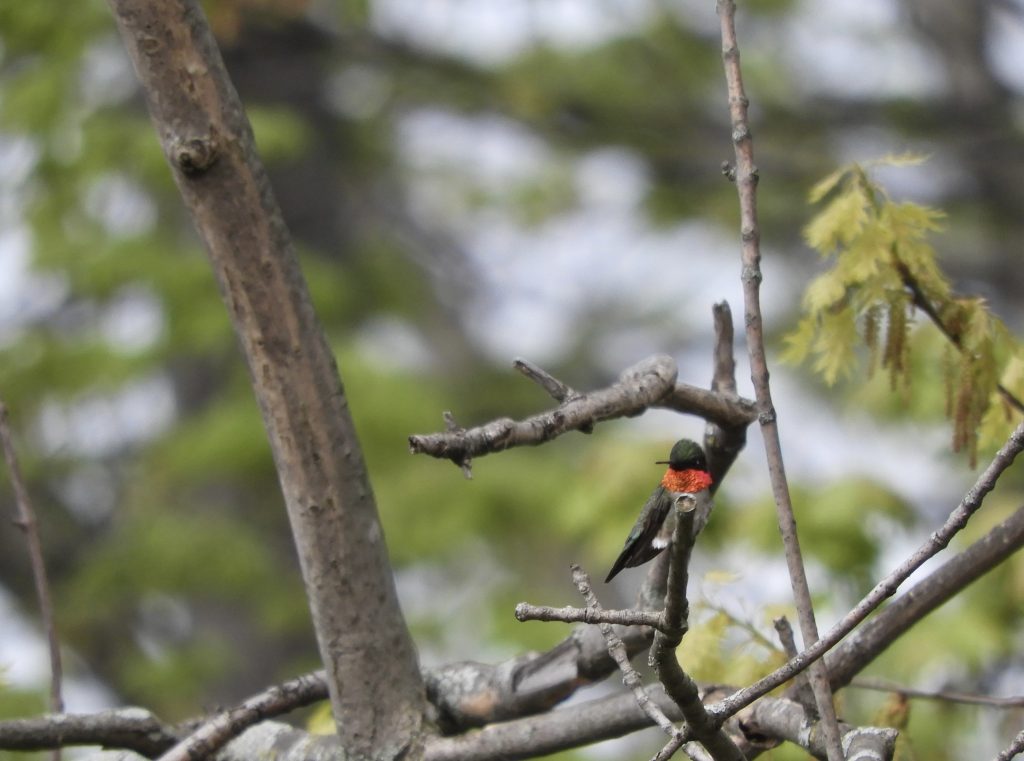
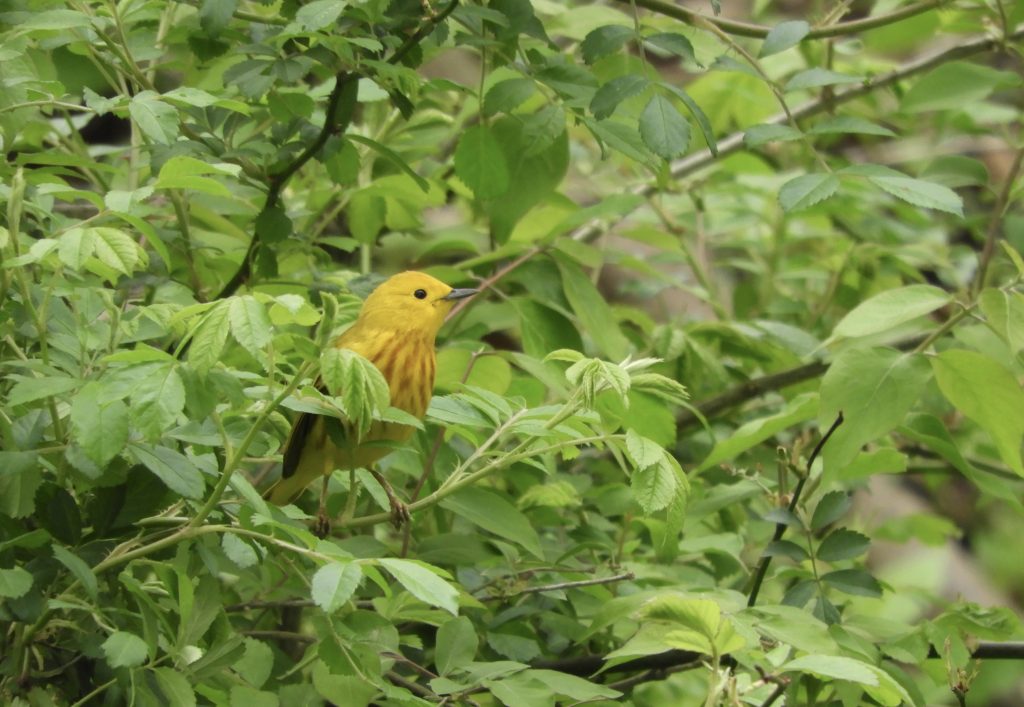
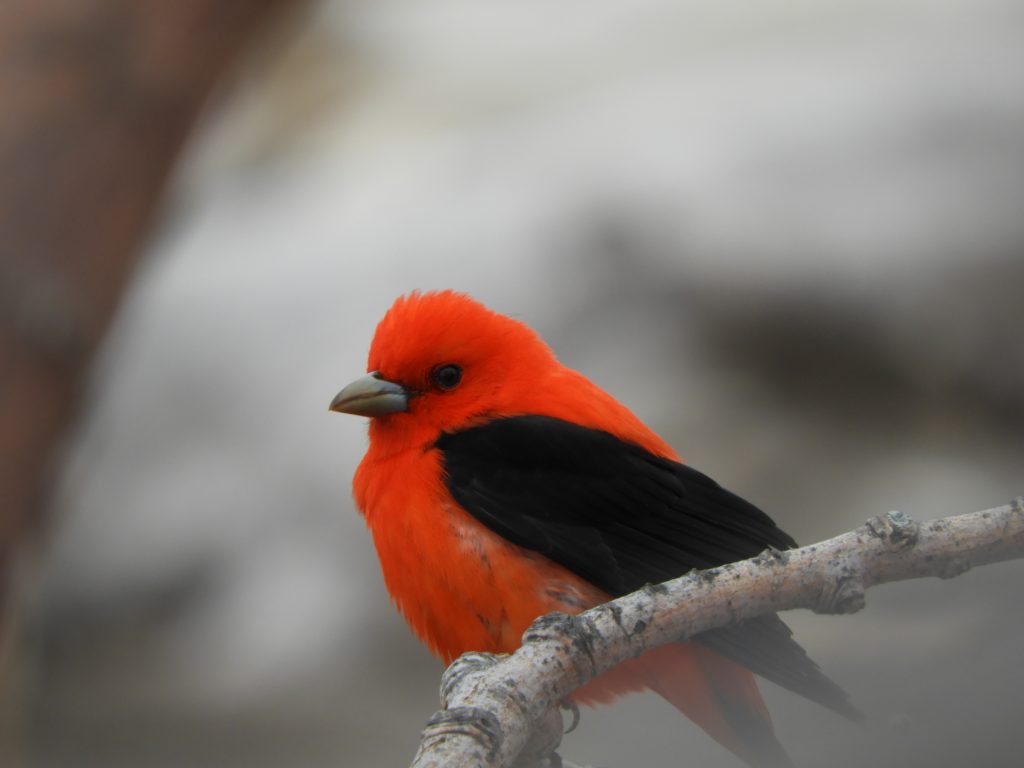
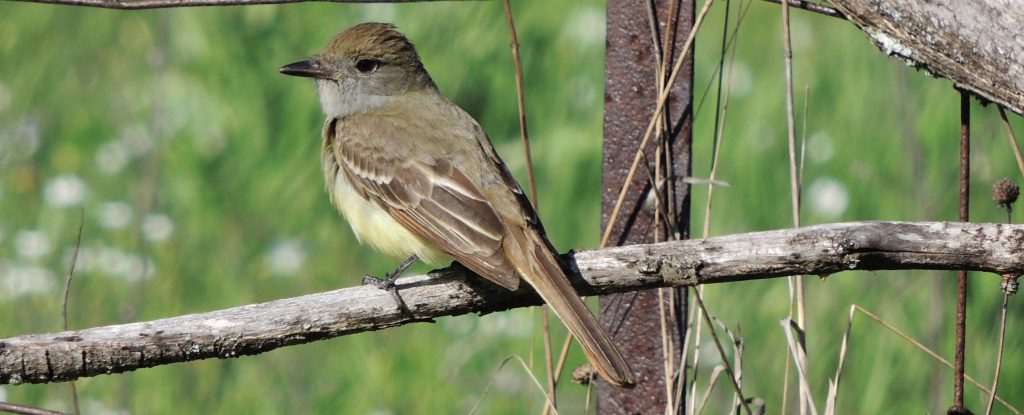 Hendrie Valley, Burlington. ON. May 1, 2024. May! The biggest birding month. We’ve been greeting spring migrants for several weeks, especially thoughout April, but nothing can hold a candle to May.
Hendrie Valley, Burlington. ON. May 1, 2024. May! The biggest birding month. We’ve been greeting spring migrants for several weeks, especially thoughout April, but nothing can hold a candle to May.